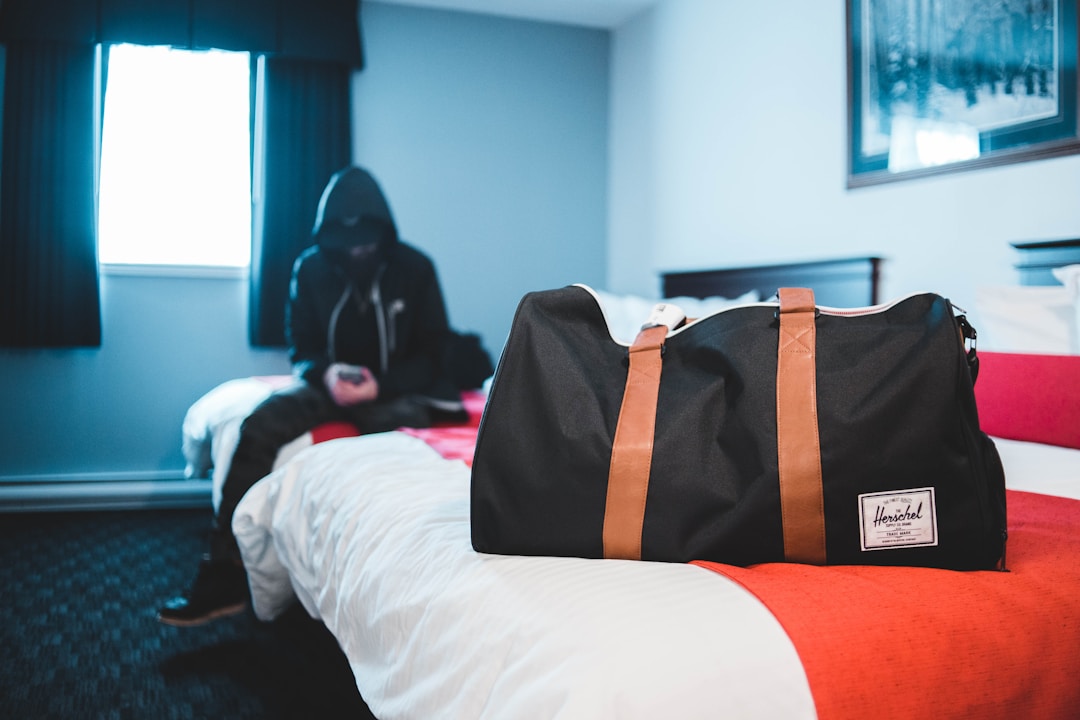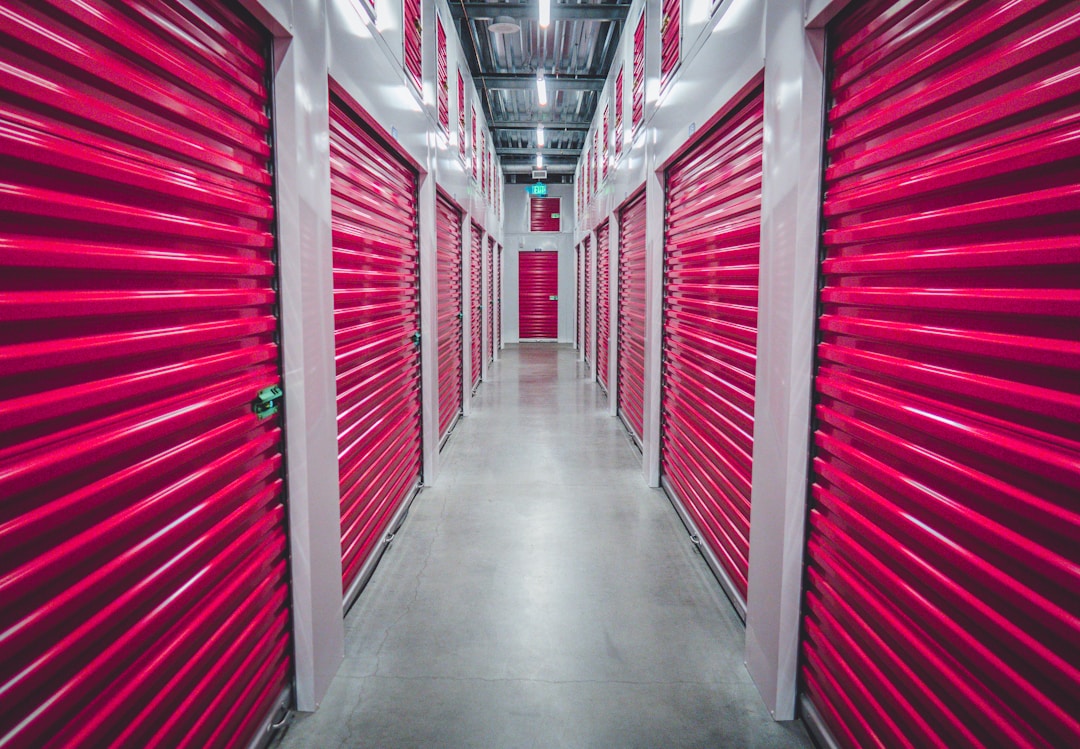It’s your dream come true; you have gotten into the college of your choice and you are on your way to the Big Apple. College living in New York City strays from the norms of the traditional college, with the city itself being one large campus for you to wander and explore.
College living in New York is quite different as well, not opting for residence halls on the other side of the grounds. Some schools may tell applicants about designated buildings with apartments available near their classes, while other schools leave students to search for their own rental. That’s why the checklist before moving into The Big Apple is just a tad different from the usual college dormitory experience.
Finding Your Dorm

Apartment hunting in New York is its own animal. From trying to find the right neighborhood, the right unit for you, and considering potential roommates, the fast-paced rental process can be overwhelming for young applicants.
Prospective students will have to deal with certain restrictions of the rental process. Of course, you could be wondering do colleges run background checks on students? While some college applicants are checked for criminal records during the admissions process, this kind of criminal background check is often not an issue when landlords are searching for tenants to take over an apartment in their property, (beyond a felony conviction).
Most NYC landlords will seek tenants with annual earnings that equal at least 40 times monthly rent, and have a good credit score. With that likely not being the case for an incoming college student, you and your roommates may have to rely on parents to act as guarantors. A guarantor is a financially stable person who can guarantee that the rent will get covered, and be asked to step in and pay themselves if the rent is missed.
If you are opting for living with roommates, make sure you all have an understanding on your setup. Make sure finances are accounted for, figuring out the best way to cover non-rental expenses like water and heating. While most college campuses take care of power or amenities like cable or Wi-Fi, those bills will fall on you unless informed otherwise by your school.
Amount of Space

The truth is this: Paying for rent in New York City is more about paying for the experience of the city and not the actual square feet of the apartment. You could end up bringing tons of stuff with you to fill your living space, but not have any room to make it all function. That’s where storage units come highly recommended. Prospective students should look into the availability of storage space near their apartment and school, keeping within their respective boroughs.
The boroughs of NYC are Manhattan, Queens, the Bronx, Staten Island, and Brooklyn. Brooklyn storage facilities can provide the extra space needed, with some self-storage venues offering 24-7 access and security around the clock to make sure your possessions are being safely monitored at all times. Storage units for college students are best utilized for seasonal changes like wardrobe choices. Your apartment may not have the closet space to hold your winter coats while dealing with your summer gear. It just leads to unnecessary clutter.
It can also be a place to keep clothes that may not fit well right now to make room for more comfortable wear, like the perfect underwear for your shape that won’t constrict your waist or any clothes with constricting straps that are clogging up the drawer.
Appliances and Furniture

Oftentimes in college dorms, furniture is limited to a mattress and a chair. For an NYC rental space, you may have a little more space for say a futon or couch, depending on the living situation you get for your rental fee. If you are moving in with roommates, assess what appliances each of you has at your disposal. There’s no sense in having two microwaves and four televisions just laying around.
Keep decor minimal at first. Consider different shapes for necessary furniture that will not sacrifice comfort, and limit the number of square feet you take up in a shared space. For windows in the apartment, consider blinds to close at night so the neighborhood isn’t getting a peek inside your place while you’re trying to lay in bed.
If you feel like getting creative with the remaining space you have, you can look into how to turn old appliances into art. Sometimes a busted appliance can morph into something of use. For example, a broken blender can transform into a lamp to study by. All you need is a lamp kit from The Home Depot or any hardware store for an innovative way to make your room brighter.
Necessities and Amenities

When getting settled in, make sure that you have plenty of personal items ranging from the bathroom to kitchen to living room. Consider the number of toiletries you’ll require to get you through each given spending period, not overstocking or lacking in things like toothpaste, shampoo, razors, and toilet paper. When it comes to stocking up on food, don’t just opt for snacks, but consider the amount of space you have in your refrigerator. There’s no sense in buying for a family of four when you are accounting for your own food, and don’t have room to hold all of it safely.
Beyond necessities, you can explore new projects to create in your rental space. If you or your roommates love going to the movies, why not look into how to create a home theater?
This goes back to assessing who has what in terms of appliances, and what can be brought into the space to make the electronics go a long way in the setup. A smart TV is a good start, and could also help avoid paying for cable with access to apps like Netflix or Hulu through an Apple TV. A soundbar or surround sound speakers could make an action film feel like you’re right there at the theater. It will give you good reason to settle in for the night and enjoy your space when you get a break from your studies and other activities that college has to offer.



